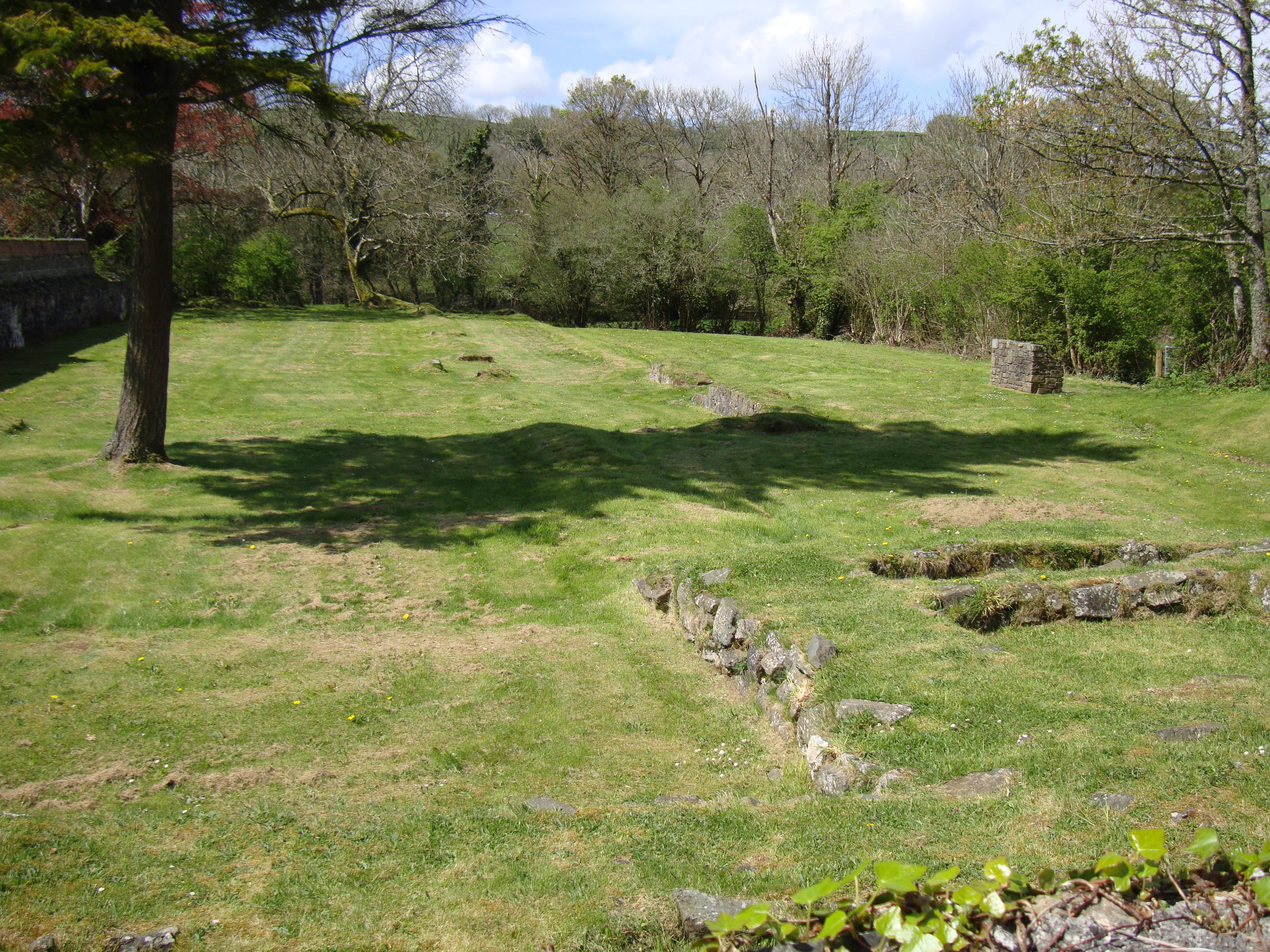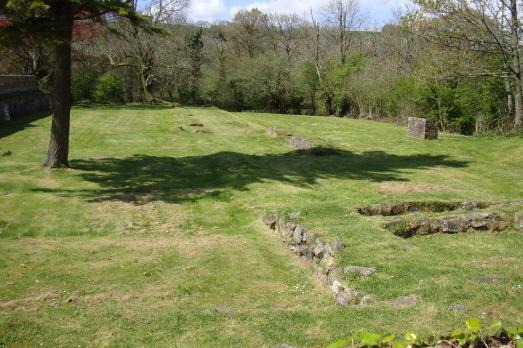Whitland Abbey had been lost to history and sight until 1837, when a farmyard pond was cleared out at Home Farm. It is recorded that 'bases of several clusters of church pillars' and 'foundations of extensive buildings… of cloisters of monastic cells' emerged.
The remains of the Cistercian Abbey, founded in 1151, and one of the most important in Wales, had been found.
Once it was established the Abbey quickly became an important centre of Welsh medieval culture and as its importance grew, the 'white monks' formed and colonised several 'daughter houses', in Wales and Ireland, including Strata Florida, Strata Marcella, Cwmhir, Comber and Tracton. The Abbey’s demise, during the reign of Henry VIII, was partially a result of its geographical location since it was involved in conflicts among the Welsh, the English and even the Irish.
1539 saw the closure of the Abbey and subsequent plundering of its stonework. Some was used to build an iron forge and much of it was later used in the building of the nearby Home Farm and Abbey Mansion. The Abbey is a 'Royal Welsh Mausoleum' with many of its Welsh royal patrons and other prominent Welsh people having been interred at Whitland. Several of Rhys ap Gruffudd’s children, Meredydd ap Rhys Grug, Janet, daughter of Nicholas from Carmarthen, Gwenllian, daughter of Rhys ap Thomas, the poet Dafydd Nanmor and Rhys Nanmor of Manorbier, are all buried at Whitland.
Archaeological investigations, albeit with very limited in scope, were carried out in 1837, 1926 and later on in 1994. Today, the ruins are a Historical Monument of National Importance, registered with CADW. It came under the care of the Whitland Town Council, in 2019 with the aim of making it accessible to the public and sharing its rich history.
A visit to Whitland Abbey Ruins can be a very powerful experience, despite not much of the original building being visible above ground. If the visitor stands facing what was the high altar, it is possible to visualise how large the church was and the scale of the building, within the surrounding valley.


